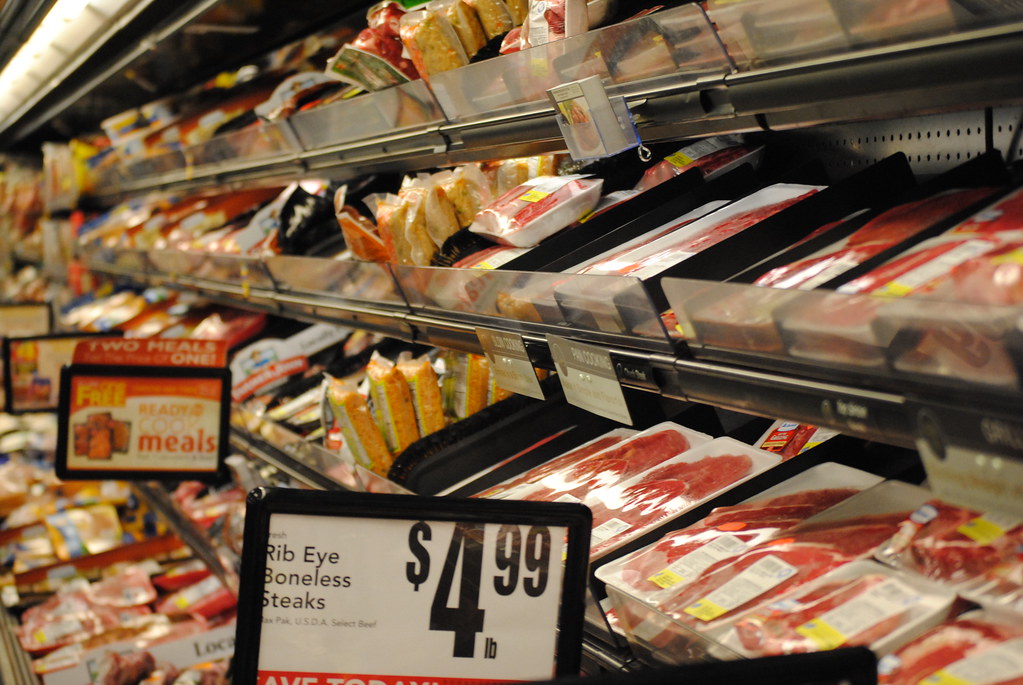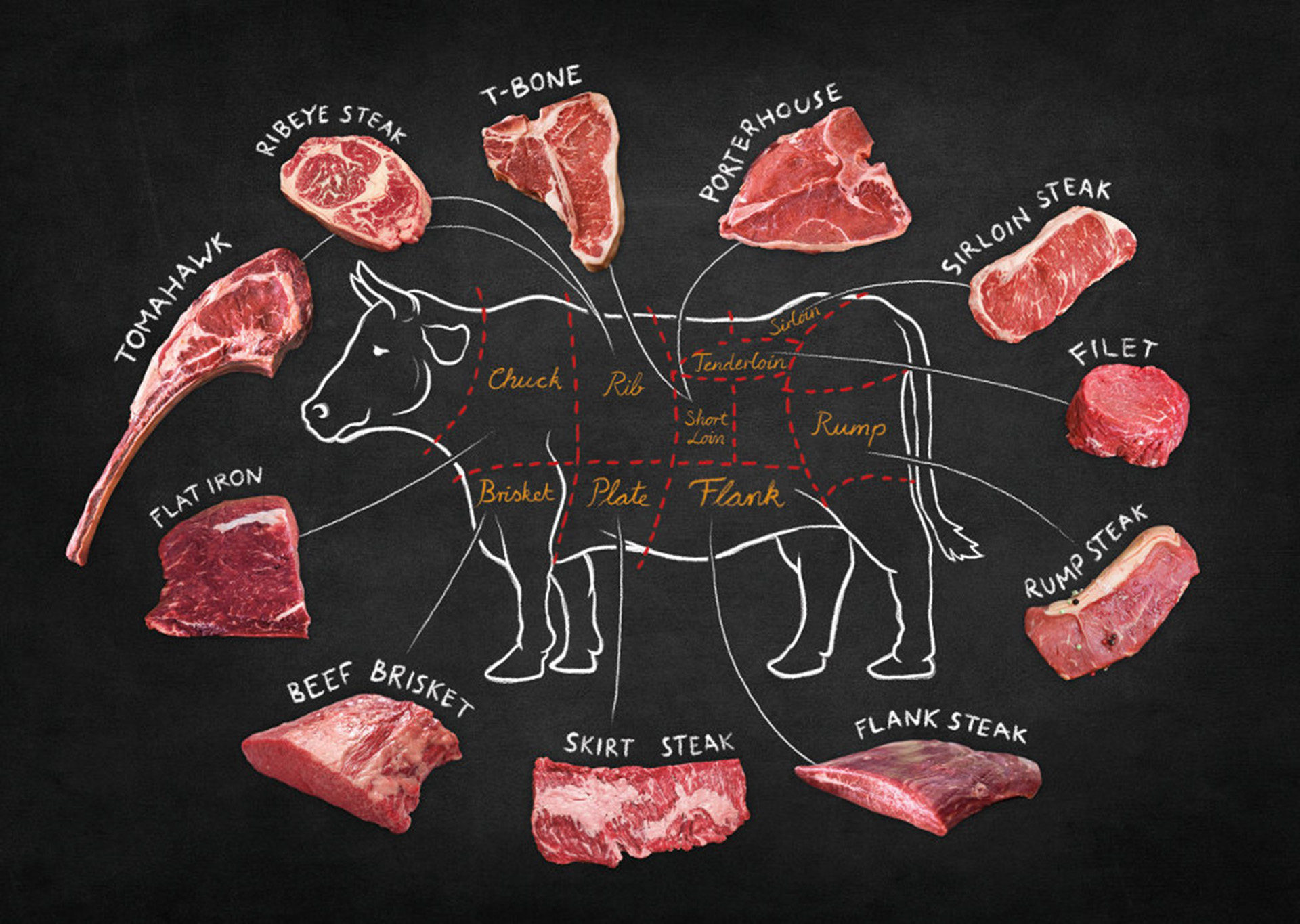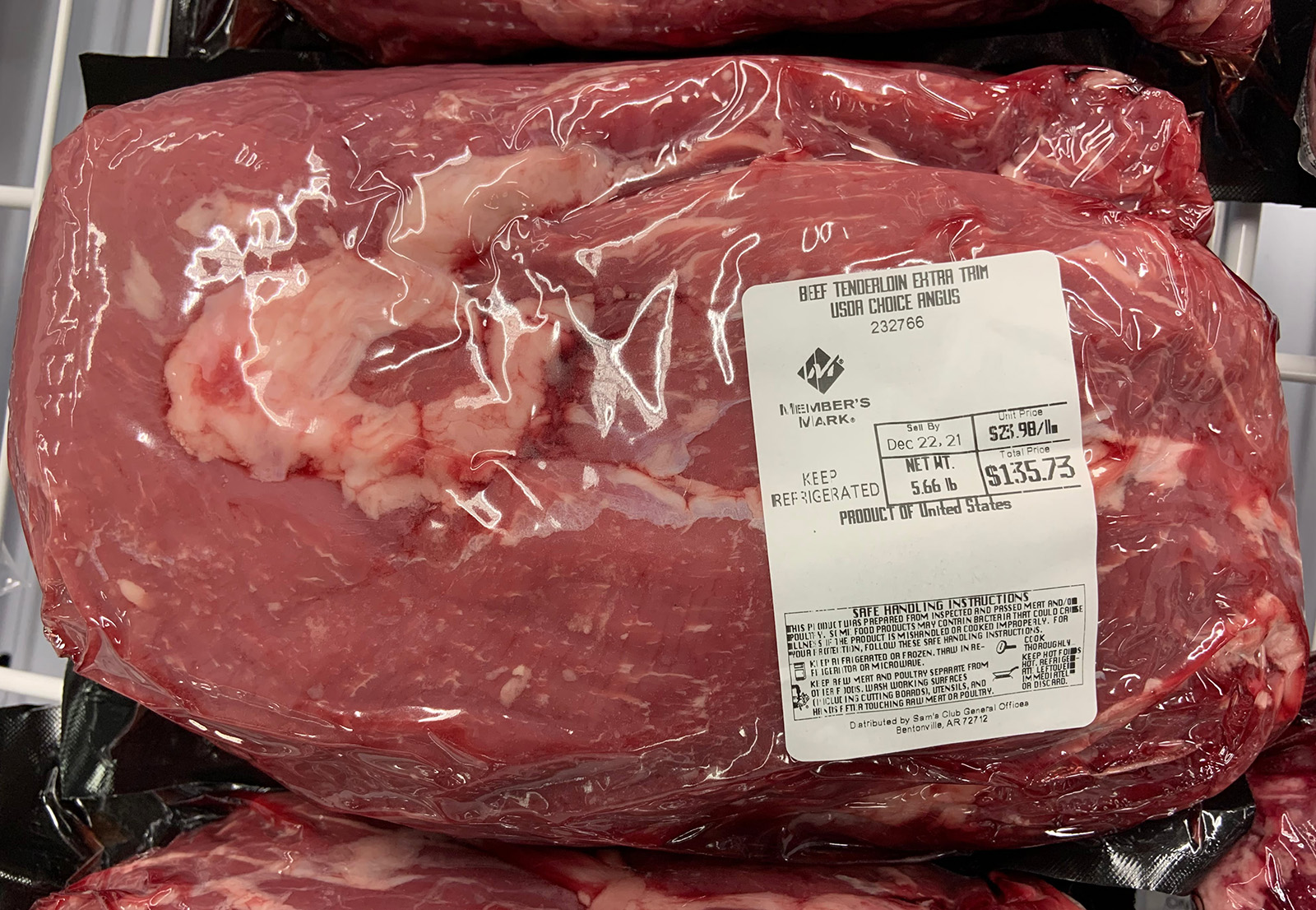When beef is exposed to air, oxidation naturally turns the color from purple to red. Over time it changes to brown and finally grey. Why is it then when you walk into a supermarket, you’ll be greeted with display cases full of red meat?
This is due to a process called “modified air packaging”, or MAP. Commercial food manufacturers remove the natural air from packaging and replace it with a mix of gases like nitrogen, oxygen, carbon dioxide, and carbon monoxide.
Modified air packaging for beef commonly uses carbon monoxide. Carbon monoxide is an odorless, colorless, poisonous gas that is impossible to detect through sight, taste, or smell. Most associate this gas with automobile emissions.
When carbon monoxide meets the myoglobin in the blood of the beef, the reaction impacts the normal color-change process meat would go through when exposed to oxygen. The result is a bright red color that can remain for several weeks thus extended the cosmetic appearance of the beef.
The FDA considers the use of carbon monoxide to be a color stabilizer, not a “color additive”, because it stabilizes, and does not change, the typical red color of fresh meat. Because of this distinction, the use of packaging gases with beef is not required to be disclosed or labeled in the United States. It’s estimated that as much as 70 percent of supermarket meat has been treated with Carbon Monoxide, which keeps it looking artificially fresh, even if it spoils.
However, in the European Union, Japan and other countries, this practice of using carbon monoxide packaging is not allowed. Resistance to the technique stems around concerns that the bright red meat is misleading for consumers. In theory, a piece of meat can be bright red and still dangerous for consumption. In addition, there are concerns that carbon monoxide may have negative health effects.
At Pleasant Grove Farms, LLC we pride ourselves in the humane and natural approach to our farm to table process. Get to know us.



